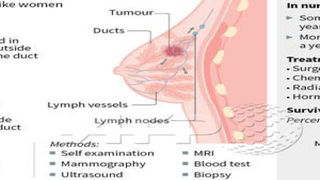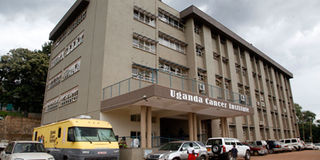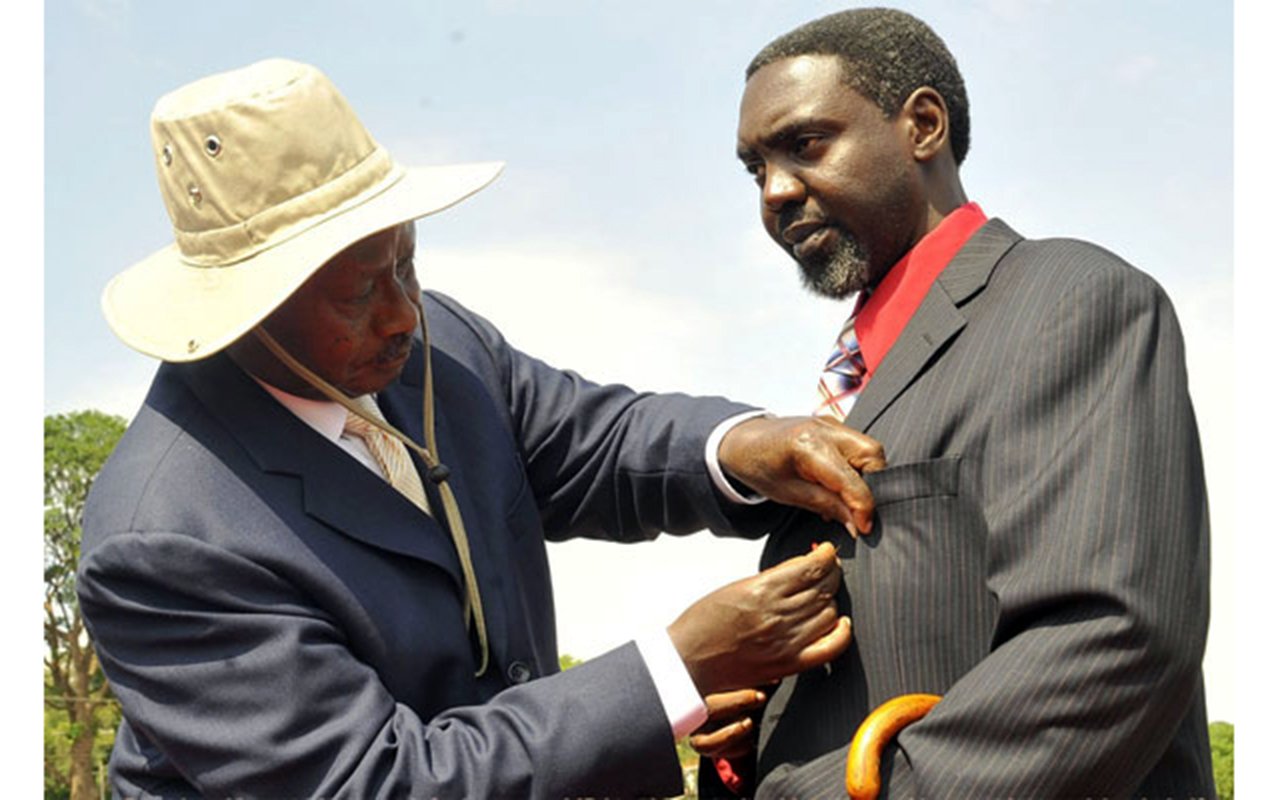
National
Prime
The journey in the treatment of breast cancer: A step by step guide
What you need to know:
- The earliest case of breast cancer he has seen was a lady that was 25 years old but the average age for women who present with breast cancer is between 40 to 44 years.
One of the first steps in figuring out if one might have breast cancer is to know for starters, what a normal breast looks like, Dr James Kafeero, an oncologist at the Uganda Cancer Institute (UCI) states. This type of cancer the doctor says, is curable and the country has the capacity to treat it; this is why many deaths from it bother oncologists as it is likely they could have been prevented.
Kafeero says, “The very first step of diagnosing breast cancer is for everyone to know what a normal breast looks like by doing a monthly self-examination. Pain should not be the reason why one comes to the hospital. Anyone can get it, be cured if they get early treatment or die if the cancer is at a very late stage, ” he says, adding that that men also get breast cancer and that annually, for every 100 women that come for screening; one man that presents with the disease. The earliest case of breast cancer he has seen was a lady that was 25 years old but the average age for women who present with breast cancer is between 40 to 44 years.
Screening and diagnosis

The Uganda Cancer Institute at Mulago hospital. A specialised facility to handle cancer cases is key to ensuring the right treatment is given to patients. PHOTO | FILE
So once someone suspects something is wrong with their breast, what can they do? The doctor says the testing begins with you, and once you suspect there is a lump in the breast, you can go to a health centre II to help examine and give further guidance on what to do. The screening should be a painless procedure and done in one sitting.
Dr Kafeero says, “Once you have a suspicious mass, you will have a non-painful exam and this screening should be free in public hospitals. The screening can include an ultrasound scan which can cost between Shs10,000 to Shs30,000 in a private hospital.”
Depending on the age and how heavy the breasts are, one may also need a mammogram to help in the diagnosis of breast cancer and this costs between Shs100,000 to Shs120,000.
If the mass still looks suspicious, one needs a needle-aided biopsy to remove sample cells that a pathologist will examine closely to give a confirmatory test. The biopsy according to Dr Kafeero is a free test in public hospitals except for people who ask for private services.
He says, “There are times when a doctor can confirm breast cancer even before the biopsy especially in the cases where there is ulceration, blood discharge from the breast, peeling of the skin, pain, change of colour, dimpling in the breast, nipple change. The biopsy must be done by using a needle to take off tissue cells from the suspicious lump.”

Dr James Kafeero, an oncologist at the Uganda Cancer Institute. Photo | Beatrice Nakibuuka
Breaking the news
If a person is found to have cancerous cells, from the results the pathologists give and the background information, a patient is then oriented and counselled into receiving the diagnosis that she or he has cancer. Thereafter, the patient needs to open up a file and start treatment.
According to Dr Noleb Mugisha, an oncologist at UCI, at the time someone is diagnosed with cancer, they may be anxious, depressed, have pain, are immune suppressed, maybe hypertensive, or diabetic. All these should be managed first so that the patient stabilises in order to start treatment.
He remarks, “Counselling is very important at this stage because so many patients find it hard to believe they have the disease even when the indicators have shown so. Many people become depressed and worried fearing that they are going to die. Some of them reject the results.”
Further tests
One also needs staging investigations which would help determine the level of the disease as well as classify the type of breast cancer because different cancer types require different treatment combinations. Cancer does not usually present with pain at the beginning, so by the time a patient gets pain, it means that the disease has progressed to other parts of the body.
“A patient will also need to do a chest x-ray, brain scan, kidney, liver and heart function tests, bone scan or muni-skeletal survey which are usually offered at a subsidised cost. There is a committee that discusses the treatment plan for the patient depending on the type, background, and size of the tumour,” he says.
Starting the treatment
Once the plan has been agreed on, the treatment starts. Chemotherapy is part of cancer treatment that uses anti-cancer drugs to kill the cancer cells with the intent to cure, prolong life or reduce symptoms of the disease. This is usually given intravenously but has a lot of side effects because it usually kills both good and bad cells. The undesired effects include falling off of hair, nails turning black, poor appetite, nausea, vomiting and diarrhoea. Different people react differently to it.
Chemotherapy can also help to shrink the lump and, depending on the assessment, one will require surgery to remove the breast. Dr Kafeero says, in developed countries because of good health-seeking behaviour, some women are able to retain their breasts as the cancer is diagnosed very early when the size of the lump is very small.
Dr Kafeero says, “Many of the women who come to the cancer institute present very late when the masses are very big. If we choose to only remove the lump, one is likely to remain with the cancer cells in the breast and will definitely have a re-occurrence after treatment which can even lead to death.”
Therefore, many times, women have to lose their breasts because breast conservation surgeries are not recommended if one is to have a good chance to survive.
The next treatment phase is radiotherapy where one gets low doses of radiation to kill cancer cells and shrink tumours. This radiation therapy usually begins about a month after mastectomy (surgery); it is typically given once a day, five days a week, for a period of time specified by the doctor on an outpatient basis. The doctor can also choose that a patient gets it before the surgery.
If the type of breast cancer is hormonal, one will require hormonal therapy and even after one is cured of the disease at the end of the treatment plan, one needs constant review to catch any likely re-occurrence.



